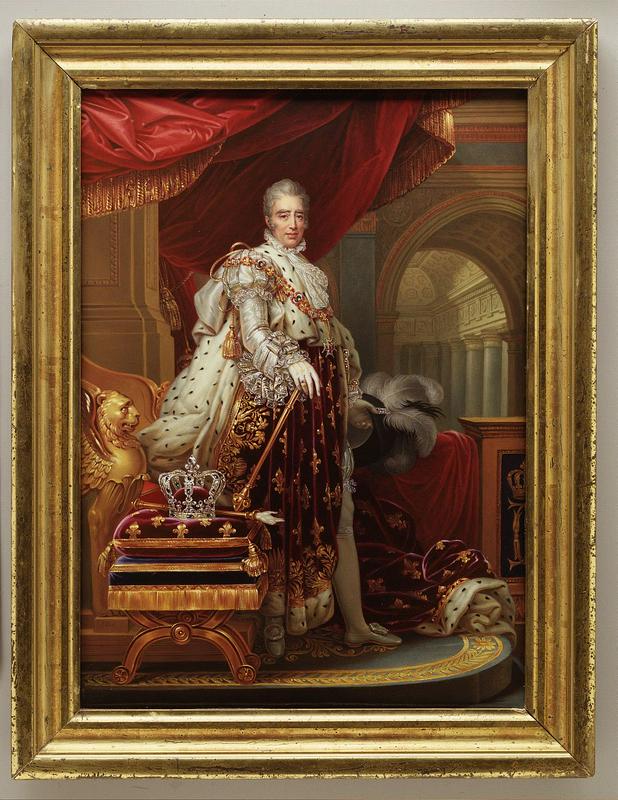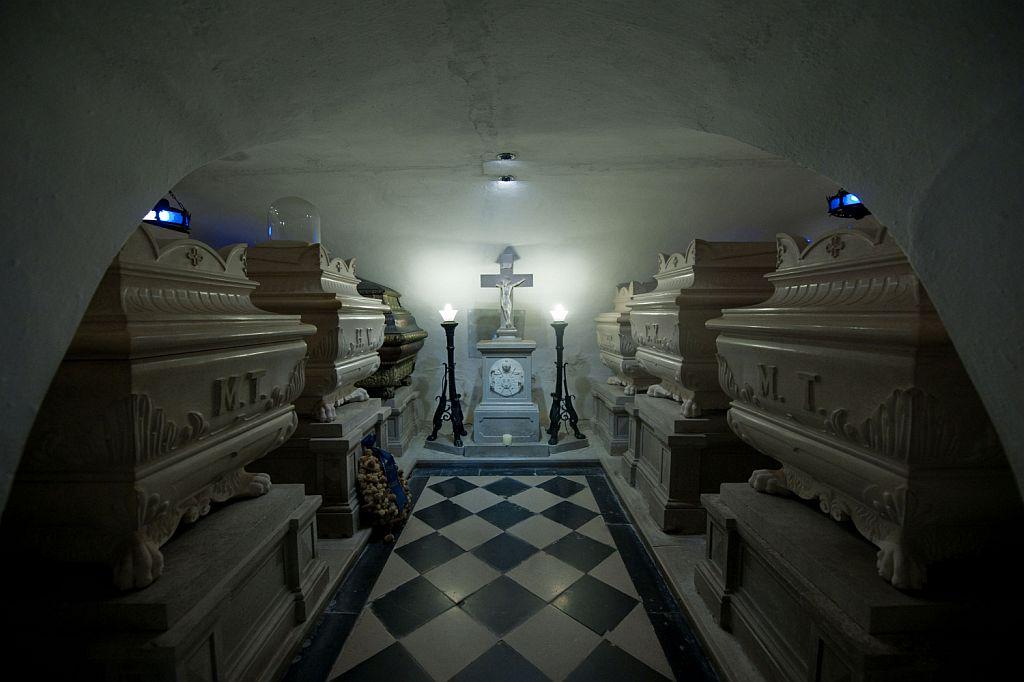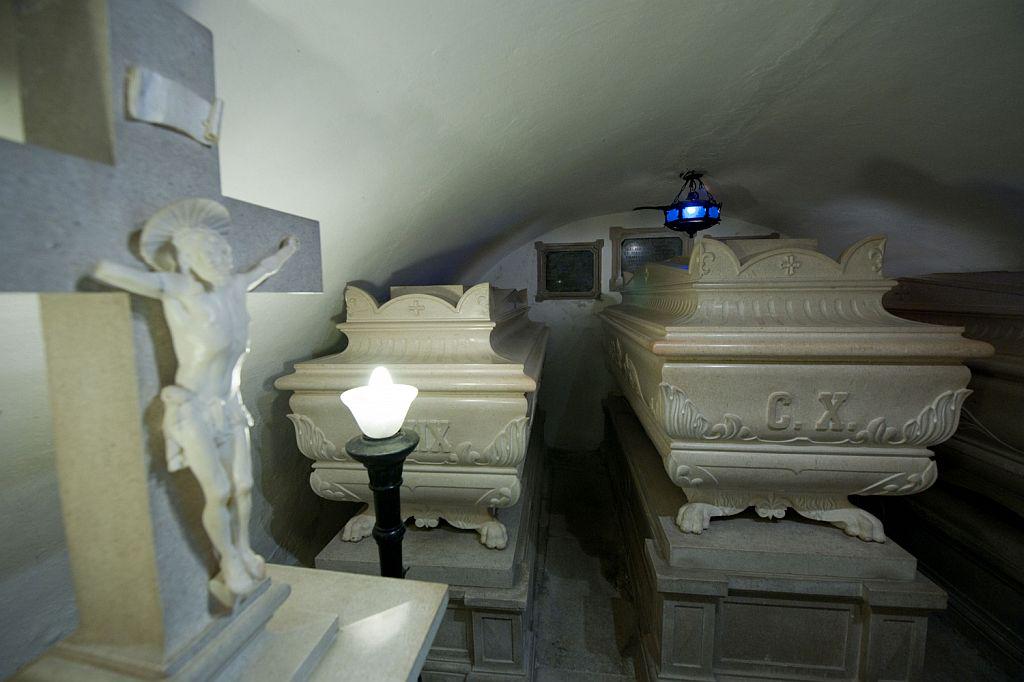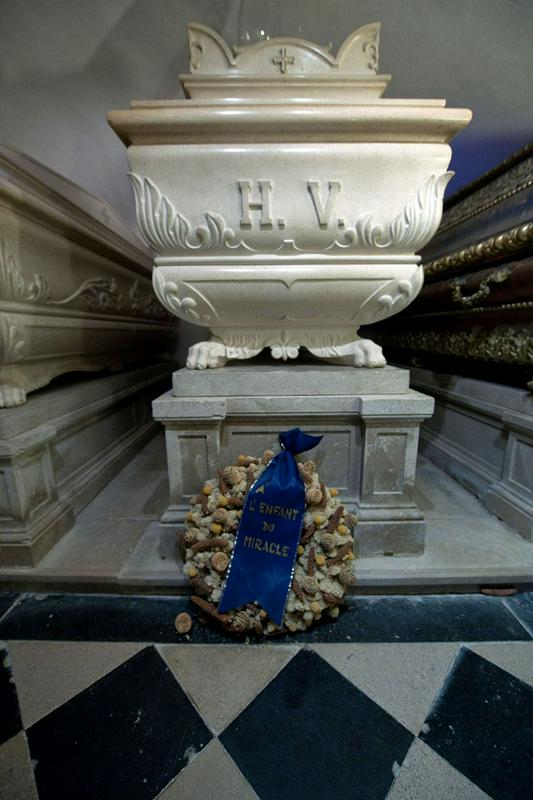The story begins in France, where the 19th century was marked by frequent periods of unrest. In 1830, the July Revolution swept through the land and cost Charles X his reign. Desperate to save his life, the king fled the homeland of the Guillotine and sought exile first in Edinburgh and then in Prague.
Eventually, he ended up in Gorizia, now on the Italian side of that country’s border with Slovenia. The town had been suggested for him because of its pleasant Mediterranean climate, and he was welcomed by the influential Counts of Coronini.
Despite the mild environment, Charles X became ill with cholera. On his sick bed, he spent hours gazing out his window towards the Kostanjevica Monastery, now located across the border in Slovenia. He confided his wish to visit the monastery as soon as his condition would improve.
Charles X never got to visit the monastery when he was still alive; the last Bourbon king of France died on November 6, 1836. However, his wish was granted after his death, when his remains were interred at Kostanjevica– in a marble sarcophagus, where they have remained to this day. Also in the crypt is his embalmed heart, which was initially meant to be taken to France, but was refused by the newly installed government.
Accompanying Charles X are the bodies of much of his family, the identity of some having been confirmed only after the advent of DNA testing.
Even though the former French President Francois Mitterrand asked to have Charles X’s body moved to France, Charles X is still the only French king not buried in his country of birth. His remains are not far from French soil, however, at least symbolically: The sarcophagus is pace on a small amount of soil from his native land. The site is an increasingly popular visitor attraction for French visitors who wish to learn more about the last king of the legendary dynasty that had shaped the history of their country.
photo: BoBo
Jaka Bartolj







































































